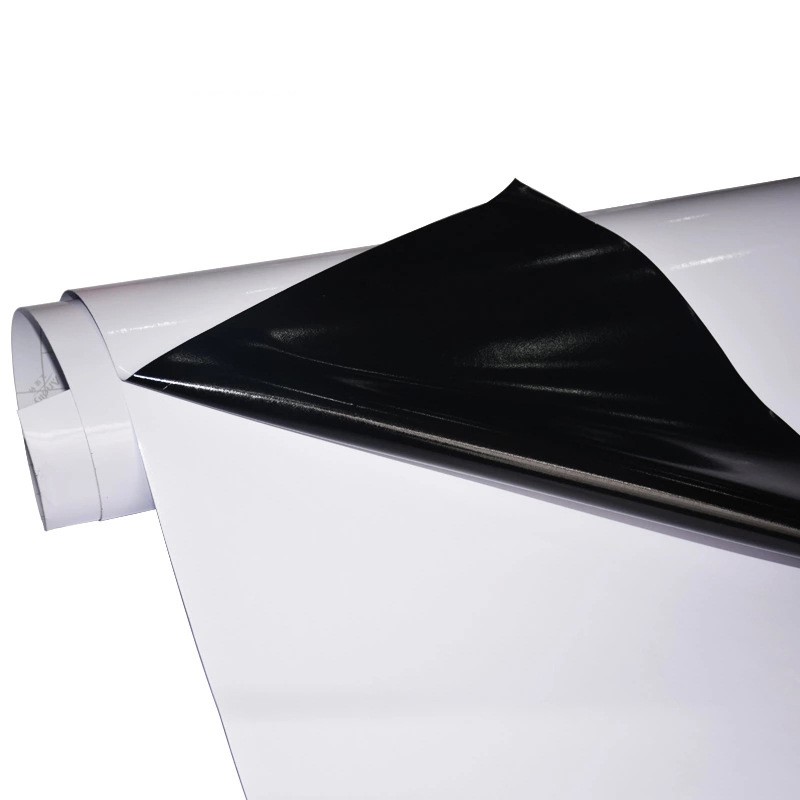The Significance of Epoxy Resin Safety Labels in the Sticker Industry
Sticker labels play a pivotal role in conveying essential information about products, ensuring consumer safety, and meeting regulatory standards. Within the realm of the sticker industry, the utilization of epoxy resin safety labels has become increasingly imperative. This article delves into the significance of these labels, emphasizing their role in maintaining safety standards and fostering a secure consumer environment.
Understanding Epoxy Resin Safety Labels
Epoxy resin safety labels serve as crucial indicators of the materials used in the production of stickers. These labels provide vital information regarding the presence of epoxy resins, enabling consumers and industry professionals to make informed decisions. The clarity and accuracy of these labels contribute significantly to overall safety within the sticker industry.
Ensuring Regulatory Compliance
Regulatory compliance is paramount in the sticker industry to uphold quality standards and ensure the safety of end-users. Epoxy resin safety labels facilitate adherence to regulations by clearly stating the composition of stickers, including any epoxy resin content. This transparency aids manufacturers in complying with industry-specific guidelines and legal requirements.
Enhancing Consumer Awareness
Consumer awareness is a cornerstone of a responsible and sustainable industry. Epoxy resin safety labels serve as educational tools, providing consumers with insights into the materials used in sticker production. Informed consumers can make choices aligned with their preferences and safety concerns, fostering a healthier market dynamic.
Mitigating Health Risks
Understanding the potential health risks associated with epoxy resins is vital for both manufacturers and consumers. Epoxy resin safety labels communicate these risks succinctly, enabling individuals to take necessary precautions. This proactive approach mitigates health hazards, ensuring a safer environment for those involved in the production, distribution, and use of stickers.
Best Practices for Epoxy Resin Labeling
Implementing best practices in epoxy resin labeling is essential for achieving optimal safety outcomes. Manufacturers should adhere to standardized formats, ensuring that labels are prominently displayed and easily readable. Clear language, standardized symbols, and concise information contribute to the effectiveness of epoxy resin safety labels.
Industry Collaboration for Standardization
Collaboration within the sticker industry is instrumental in establishing and maintaining standardized practices. Stakeholders, including manufacturers, regulatory bodies, and consumer advocacy groups, should work together to create and update guidelines for epoxy resin safety labels. This collaborative effort ensures that labels evolve in tandem with industry advancements and emerging safety concerns.
Future Trends in Epoxy Resin Labeling
The sticker industry is dynamic, and continuous improvement in safety practices is imperative. Future trends in epoxy resin labeling may involve the integration of advanced technologies, such as QR codes or augmented reality, to provide consumers with real-time access to detailed information about the composition and safety of stickers.
Conclusion
Epoxy resin safety labels serve as integral components within the sticker industry, promoting transparency, compliance, and consumer awareness. Manufacturers, regulators, and consumers all play pivotal roles in upholding the standards set by these labels. As the industry continues to evolve, a commitment to safety through effective epoxy resin labeling remains paramount for a sustainable and secure future.
We offer comprehensive technical support, including free professional labeling solutions, advice on label materials and adhesive selection, as well as online/offline assistance from professional software and hardware engineers. Service email: andy@ownlikes.cn. In pre-sales, we leverage our extensive experience in specialty labeling projects to provide clients with the most suitable hardware solutions. Additionally, all our label barcode printers and scanners come with a three-year free warranty, demonstrating our confidence in our products.






This site is protected by reCAPTCHA and the Google Privacy Policy and Terms of Service apply.